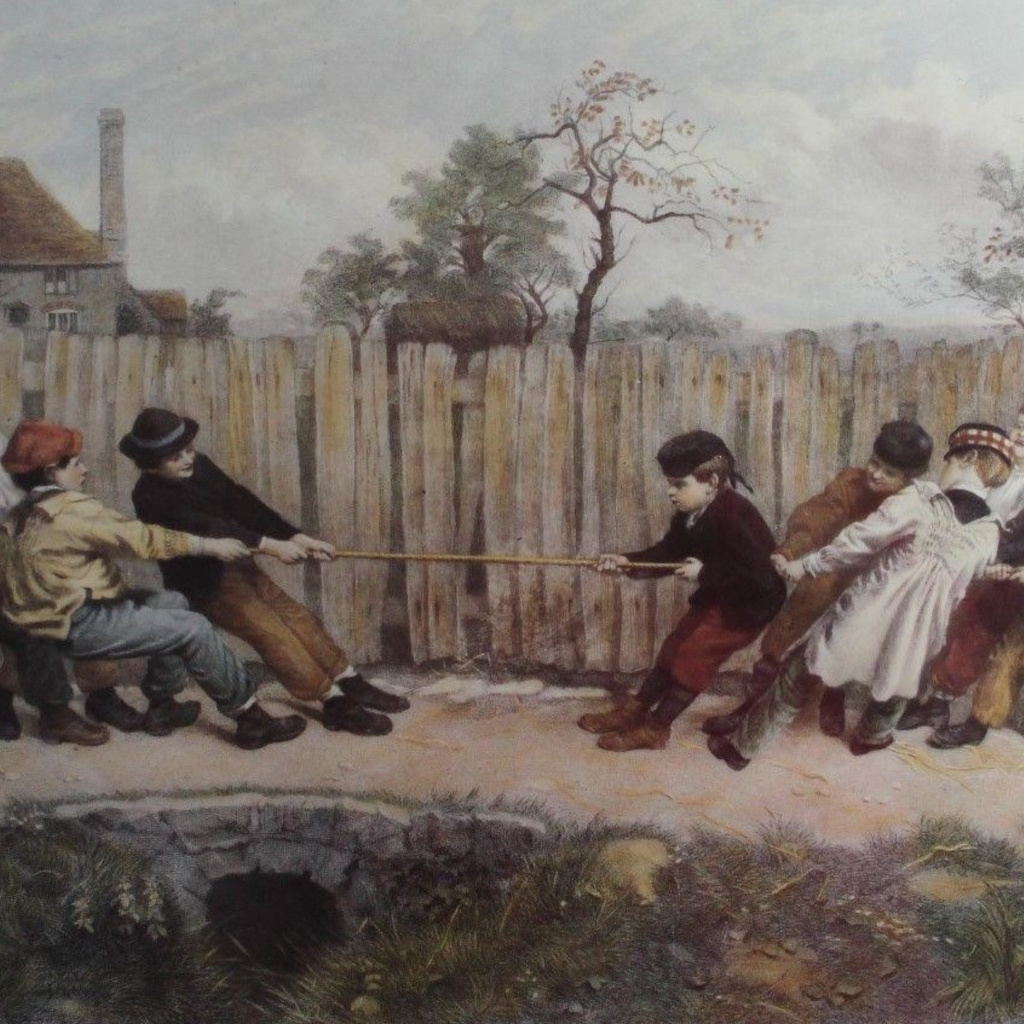Every year on the first day of the Lenten season, millions of Catholics around the world have ashes sprinkled on their head or drawn as a cross on their forehead. The minister distributing the ashes may say either “Repent and believe in the Gospel” or “Remember that you are dust, and to dust you will return.” Both are succinct admonitions of the purpose of Lent.
This year, my forehead wasn’t marked with ashes. A massive snowstorm made travel hazardous, so I didn’t go to church. This wasn’t a sin; the Catholic Church doesn’t require its members to go to church on Ash Wednesday. Nevertheless, I felt the loss of the ashes, which are a sacramental—a sacred sign that helps a person receive God’s grace and cooperate with it.
Then, too, a forehead marked with ashes is a very public reminder of the beginning of the 40-day period of prayer, fasting, and almsgiving that is meant to result in a spiritual conversion, a turning from sin and toward God. During Lent, Catholics are called to see how we, too, are tempted, not only by Satan but by the world.
During Lent, Catholics are called to see how we, too, are tempted, not only by Satan but by the world. Acknowledging ourselves as sinful people, we undertake a period of penance meant to draw us closer to God so that at Easter, we can more fully proclaim, “He is risen. Alleluia!”
The external act of penitence is intimately related to inner conversion; this “is affirmed and widely developed in the liturgical texts and authors of every era,” Pope Paul VI wrote in his 1966 apostolic constitution Paenitemini (On Fast and Abstinence).
Lenten restrictions have eased over the years, but it remains an austere time. No flowers are displayed at the altar of our churches. Instead, there may be displays of a water jug, symbolic of Jesus washing the feet of his disciples on Holy Thursday in a demonstration of servanthood, or a crown of thorns and nails, recalling the suffering Christ endured for our salvation. Another symbol is that during our liturgy, our ministers wear vestments of purple, the color of repentance.
The symbols of my church help draw me into the mysteries of my faith. A nail, for instance, is used to fasten two items together, but in a Lenten display, they are symbolic of Christ’s suffering on the Cross as His hands and feet were pierced. Reading Scripture, it’s easy to gloss over the agony He would have felt when the nails were hammered through his flesh, but praying in front of a visible reminder helps bring to mind the anguish he endured for my salvation.
During Lent, each individual Catholic is called to abstain from luxuries as we seek to follow God’s will more faithfully. The Church asks those who marry during this time to abstain from “excessive festivity.” In general, the Lenten fast requires everyone age 14 and older to abstain from eating any meat on Ash Wednesday and each Friday during the Lenten season, and all Catholics between the ages of 18 and 59 must fast—eating only one full meal and two lesser meals, with no snacks—on Ash Wednesday and Good Friday.
When I was a child, I typically gave up chocolate as a Lenten sacrifice, but at that age, I didn’t understand that not eating meat and treats was meant to help me say “no” to the attractions of this world and “yes” to God. I took the meaning to heart only as an adult, but even now, giving up certain foods doesn’t resonate with me.
It was Pope Francis who suggested a Lenten fast that has meaning for me. A couple of years ago, he proposed that Catholics give up hurtful words, anger, pessimism, and other negative habits and replace them with kind words, patience, hope, and similar attributes. With this advice, the Holy Father echoes Saint Basil, who said that fasting is not only refraining from food but also “consists in estrangement from vices” such as insulting others and anger.
“Anger is inebriation of the soul, making it deranged, just as wine does,” said Saint Basil the Great, writing in the fourth century.
I often struggle against anger, so I’m well familiar with how intoxicating it is. That’s one reason I try to incorporate Pope Francis’ suggestions for Lent. These are not only a type of fast, but they’re also a work of charity toward others, I think, not to mention that making a habit of these practices has the added benefit of bringing me closer to the Kingdom of God.
Among the many other reasons to limit our eating and drinking during Lent are to obey God, to practice self-discipline, to express our hunger for God, to show solidarity with the poor, and to make reparation for sins. All of this can sound like mere words, but sometimes when I’m feeling rebellious against God’s commands, I can convince myself that I should fast out of self-discipline. I don’t think God is too particular when I play this kind of mind game on myself; after all, it’s all done in the hope of obtaining a heavenly reward.
Eating is one of my daily pleasures, so I’m apt to complain if the quality and quantity of the food aren’t to my liking. This is a problem during Lent because Jesus Himself forbade making just such a fuss. In the Gospel of Matthew, He tells those who are fasting to “anoint your head and wash your face, that your fasting may not be seen by men but by your Father who is in secret; and your Father who sees in secret will reward you.” Fasting and prayer are two of the pillars of Lent; the third is almsgiving.
Fasting is an ancient gift through which amends to God may be made, St. Basil added. “Fasting brings one close to God, and … indulgence drives away salvation. Once you descend to indulgence, you are on the road to perdition.”
Mintaining a joyful attitude while I’m being deprived is one Lenten sacrifice that hasn’t gotten easier over the years, but keeping in mind that sulking can put me on the road to perdition helps me strive to stop moaning, even if I can’t quite summon good cheer.
In contrast to the struggle of fasting, my prayer life has deepened over the years. As a child, I recited rote prayers when I wanted to be good or when I asked God for something. I still say the Lord’s Prayer and other traditional prayers as a sign of devotion. These are what the Catholic Church calls vocal prayer, and I combine them with meditation on the Scripture I read and contemplation of the Lord—“I look at Him, and He looks at me,” as a peasant told Saint John Vianney about the time he spent kneeling in front of the tabernacle.
All three of these expressions of prayer are deeply rooted in Church tradition; they are simply different ways of raising my mind and heart to God or requesting good things from Him, to paraphrase Saint John Damascene.
The Catholic Church lists various forms of prayer: blessing and adoration, petition, intercession, thanksgiving, contrition, and praise. Each form helps the person who prays deepen his or her relationship with God. During Lent, I continue to petition God for the needs of myself, my friends, and the world, but I also make a point of praying with the sole intent of deepening my relationship with the Savior and bringing my will into union with him.
One form of communal prayer popular during Lent is the Stations of the Cross, also known as Via Crucis. Most Catholic churches host this devotion each Friday during Lent. The 14 stations found on church walls began as a way for pilgrims who were unable to travel to Jerusalem to nevertheless accompany Jesus on the road to Cavalry. Each station depicts a different moment of Christ’s Passion, beginning with the Agony in the Garden and ending with either His burial in the tomb or the Resurrection. To take part in the devotion, Catholics walk as a group through the Stations in order, praying and often pondering a reflection related to each specific moment of the Via Dolorosa.
Fasting and prayer are two of the pillars of Lent; the third is almsgiving. While the dictionary defines almsgiving as donating money or goods to the poor, the Catholic Church expands that definition to include performing other acts of charity such as consoling others, forgiving and bearing wrongs patiently, feeding the hungry, sheltering the homeless, clothing the naked, visiting the sick and imprisoned, and burying the dead.
“Charity is at the heart of the Church’s social doctrine,” Pope Benedict XVI stated in his 2009 encyclical Caritas in Veritate (Charity in truth). “Every responsibility and every commitment spelt out by that doctrine is derived from charity which, according to the teaching of Jesus, is the synthesis of the entire Law.”
While the proscriptions for Lenten fasting are well defined and apply to all (with some exemptions for age and health conditions), each Catholic is asked to give alms according to his or her circumstances. As a child, I didn’t have much money, time, or talents to give. Now, as an adult, I set aside the money from my Lenten fasting to donate to charity. During these 40 days, I also make more of an effort to bear wrongs patiently, to call my relatives who are homebound, and to forgive the slights I perceive from people I encounter. I know I should make these charitable efforts throughout the year, but I tend to slack off at times, and Lent brings me to renew my commitment to living according to my Christian ideals.
As disciples of Christ, Catholics are called to share in His death and resurrection, through which we have been saved and through which will come the salvation of the world at the end of time. Participating fully in the Lenten season through prayer, fasting, and almsgiving helps me deny myself, renew my faith, and follow Christ in doing more fully the will of the Father.

















